Alexander W. Livingston of Ohio began trying to come up with different cultivar of the tomato to make the fruit more commercial. His intent was to shorten its growing season, affect its shape and color, and increase its sugar content. Today almost half of all tomato cultivars can be traced directly back to Livingston’s efforts. His attempts were met with great success. He was able to grower larger, fleshier, and higher sugar content tomatoes.
“Prior to Livingston's work, tomatoes had been mostly a vegetable with heavy ribbing, hard cores and often had hollow seed cavities.” — saveseeds.org
 The Paragon, Acme, Perfection, Golden Queen, Favorite, Beauty, Potato Leaf, Stone, Royal Red, Gold Ball, Buckeye State, Aristocrat, Large Rose Peach, Honor Bright, Dwarf Yellow Prince, Magnus, Aristobright, Royal Colors, Dandy Dwarf, Multicolor, Princess, Grandus, Dwarf Stone, Dwarf Purple, Globe, Hummer, Coreless, Manyfold, Rosy Morn, Giant Oxheart, Hansing’s Improved Wilt-Resistant Marvel, New Yellow Oxheart, Ohio Red, Ideal, and Main Crop Pink are all cultivars Livingston created.
The Paragon, Acme, Perfection, Golden Queen, Favorite, Beauty, Potato Leaf, Stone, Royal Red, Gold Ball, Buckeye State, Aristocrat, Large Rose Peach, Honor Bright, Dwarf Yellow Prince, Magnus, Aristobright, Royal Colors, Dandy Dwarf, Multicolor, Princess, Grandus, Dwarf Stone, Dwarf Purple, Globe, Hummer, Coreless, Manyfold, Rosy Morn, Giant Oxheart, Hansing’s Improved Wilt-Resistant Marvel, New Yellow Oxheart, Ohio Red, Ideal, and Main Crop Pink are all cultivars Livingston created.
Livingston made the tomato his life’s work. From 1856 through 1898, when Livingston passed away, he saw his company grow from a small consolidated operation to one of the largest seed suppliers in the United States. Starting in Reynoldsburg, Ohio the company moved to Columbus then opened another farm in De Moines, Iowa. Due to his son's works the business thrived in Ohio and the farm in Iowa bolstered seed "production." In 1890, after his wife died, he returned to Ohio where he began work on his book “Livingston and the Tomato.” (see below) The book was an autobiography, instruction manual, agricultural history and recipe book.


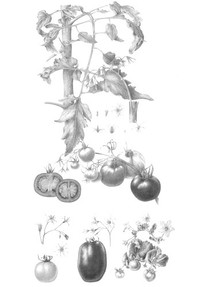
 The Paragon, Acme, Perfection, Golden Queen, Favorite, Beauty, Potato Leaf, Stone, Royal Red, Gold Ball, Buckeye State, Aristocrat, Large Rose Peach, Honor Bright, Dwarf Yellow Prince, Magnus, Aristobright, Royal Colors, Dandy Dwarf, Multicolor, Princess, Grandus, Dwarf Stone, Dwarf Purple, Globe, Hummer, Coreless, Manyfold, Rosy Morn, Giant Oxheart, Hansing’s Improved Wilt-Resistant Marvel, New Yellow Oxheart, Ohio Red, Ideal, and Main Crop Pink are all cultivars Livingston created.
The Paragon, Acme, Perfection, Golden Queen, Favorite, Beauty, Potato Leaf, Stone, Royal Red, Gold Ball, Buckeye State, Aristocrat, Large Rose Peach, Honor Bright, Dwarf Yellow Prince, Magnus, Aristobright, Royal Colors, Dandy Dwarf, Multicolor, Princess, Grandus, Dwarf Stone, Dwarf Purple, Globe, Hummer, Coreless, Manyfold, Rosy Morn, Giant Oxheart, Hansing’s Improved Wilt-Resistant Marvel, New Yellow Oxheart, Ohio Red, Ideal, and Main Crop Pink are all cultivars Livingston created.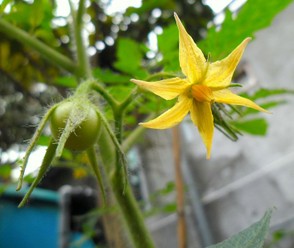
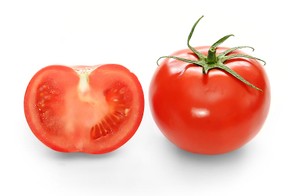
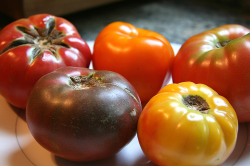
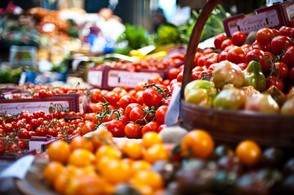



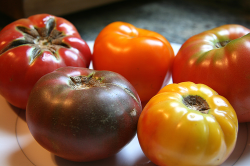

 Crêpes and Crêpe Disheson 09/14/2016
Crêpes and Crêpe Disheson 09/14/2016
 About Me - Liam Beanon 11/28/2014
About Me - Liam Beanon 11/28/2014
 About Ebolaon 11/08/2014
About Ebolaon 11/08/2014

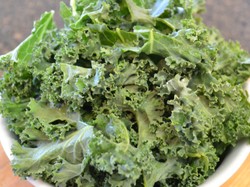
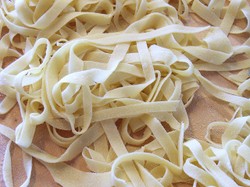
Comments
I don't actually like tomatoes by themselves, but I love all other things to do with tomatoes...tomatoe sauce, paste, ketchup, spaghetti sauce, etc. ! So good and very healthy :)
Thanks katiem2 and welcome back.
Have I ever told you tomatoes are my most favorite food? There is nothing in this world (in terms of food) better than a vine ripened tomato fresh off the vine with salt eaten straight out of the garden. I can eat them till my belly swells. love Love LOVE this article a much deserved editors choice award congrats!
Love my tomatoes, fascinating to learn more of its history. And I do cook green tomatoes - now I'm glad I do that!
Excellent history and interesting facts about tomatoes. It is such a healthy and tasteful vegetable that it is no accident that nowadays is so popular and part of most people's daily diet.
Peggy: Well the toxin is mild and you may be one of those people who have a stronger resistance to the toxin tomatine. According to horticultural sources the Tomato contains small amount of tomatine. In fact the source I found states that eating the greens, making tea, or eating the green fruit should be safe so long as large amounts are not consumed. An example of unsafe levels would be a side dish of tomato greens.
I love tomatoes and find it interesting to learn that eating raw green tomatoes is bad.
WeaselPuppy: I was surprised to learn that as well. Eggplant is also in that family.
Salsa is definitely better than ketchup! Hmmm - didn't know potatoes and tomatoes were related. Very interesting.
belinda342: So are potatoes. This may be the real reason Europeans were resistant to eating them at first.